
Two-way technology: when things get serious in the Swiss Furka Base Tunnel, two Arocs 2642 are launched
Story.
These Arocs are actually locomotives: as two-way vehicles, they are part of a fire and tunnel rescue train for the Matterhorn Gotthard Bahn.
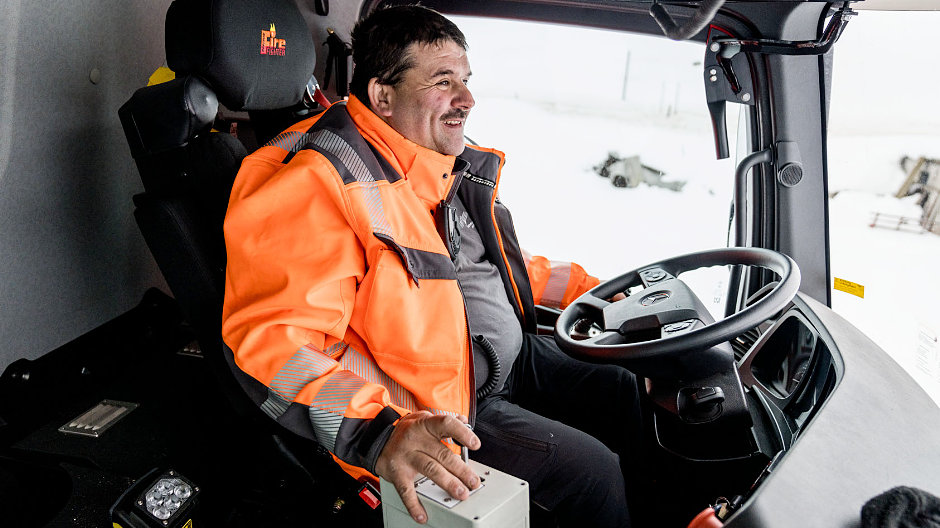
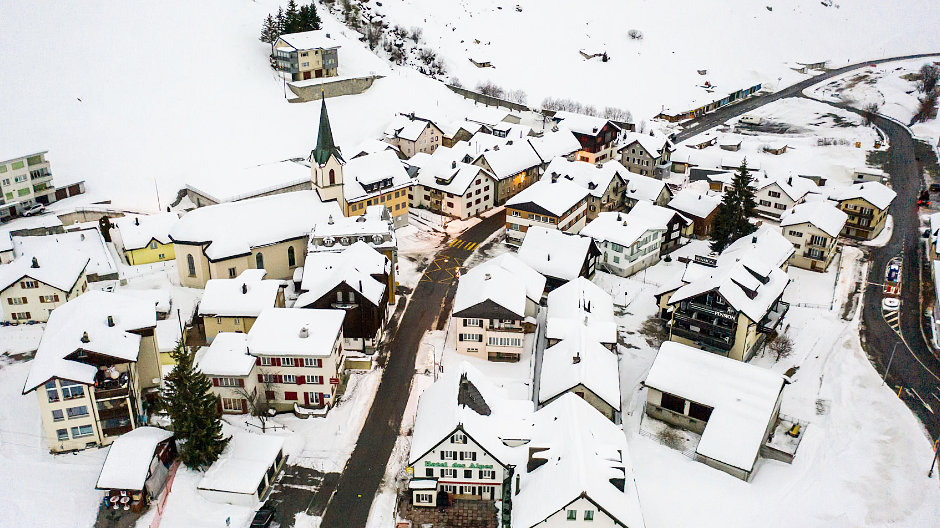
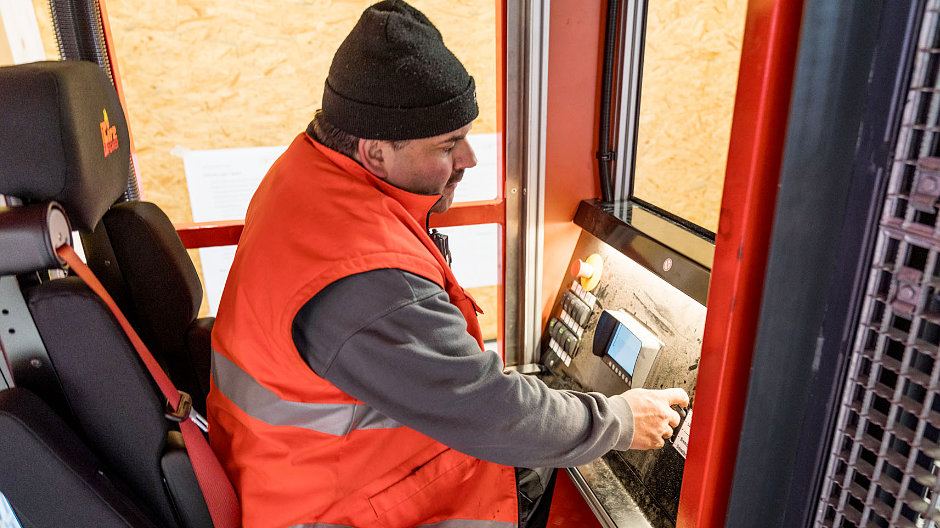
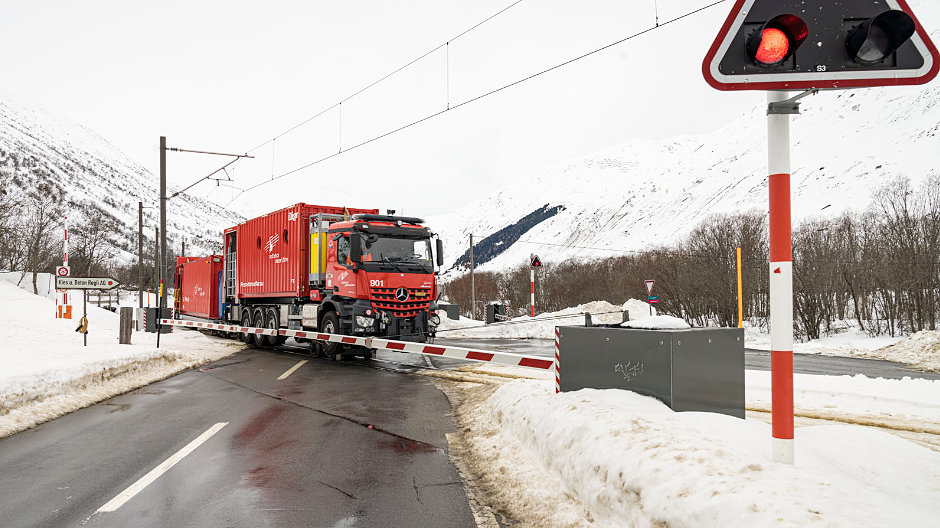
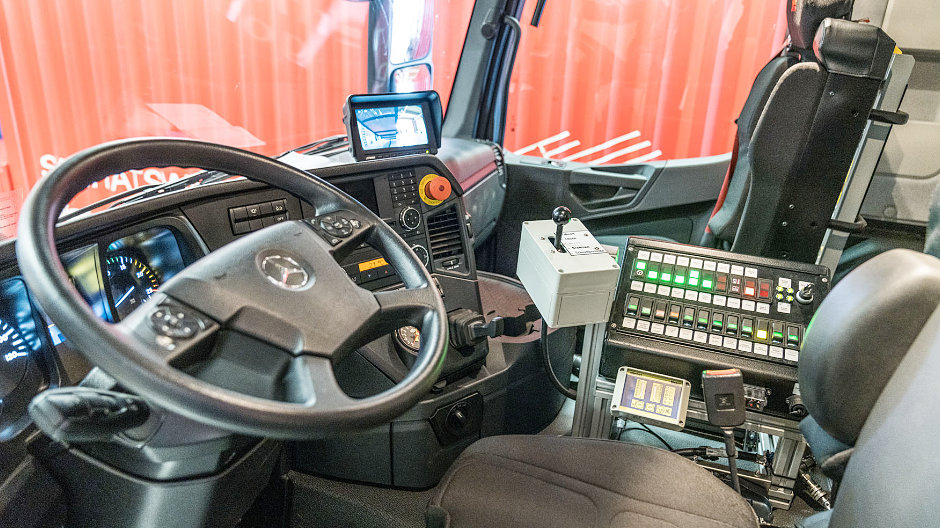
This means that Roland Guntern has not one, but two jobs that almost every little boy dreams of: “Fireman and engine driver,” says the 46-year-old, shifting the joystick forwards. This is how he steers the Arocs 2642, which despite its 12 tyres rolls along on wheel discs. Together with another Arocs and an ambulance, the two-way vehicle forms a fire and tunnel rescue set-up that is used by the Matterhorn Gotthard Bahn (MGB) in the Furka Base Tunnel.
Roland has been an engine driver for the MGB for six years and as the chief fire officer of the company’s fire brigade is responsible for training others to use the new rescue trains. “We are a military organisation, not a company fire brigade.” This describes the avocational practising of public services in Switzerland. All 46 firefighters are volunteers with another main job with the MGB.
This article contains additional material (videos, images and reports etc.) for registered RoadStars members. In order to experience the article to the full, you need to log in with your RoadStars account or register for one free of charge.
Become a RoadStar and gain access to exclusive content and campaigns!
Login for RoadStars members
Not yet a member? Join RoadStars now
Obtain exclusive access to exciting events and activities which only RoadStars can offer.
Join RoadStarsSpecial modification.
The search for a new vehicle was over when the Arocs was found: it has the right gear transmission for this special task. The three-axle model was extended and received a fourth axle and an auxiliary frame. Various units were moved to make space for the retractable and hydraulically powered rail-bound travelling mechanism. The auxiliary drive of the truck powers the hydraulics for the shafts and the fire pump. The Arocs is even officially approved for road use. “Before we can get on the road, we have to discard 5.000 litres of firefighting water,” reports Roland, who is so far the only one to have taken the Arocs on the road. Currently the two Arocs are only performing training trips and twice-yearly exercises in the Furka Base Tunnel. The fire and rescue trains are stationed at the north end of the tunnel.
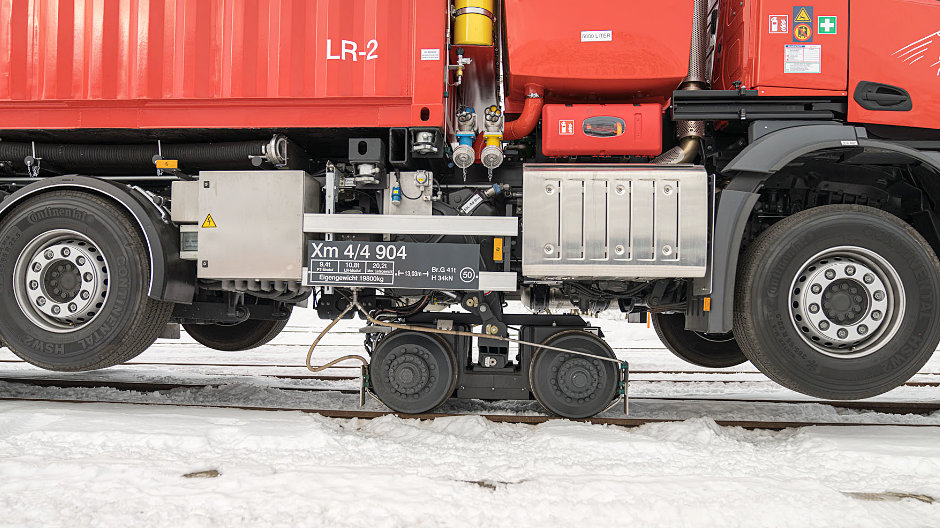
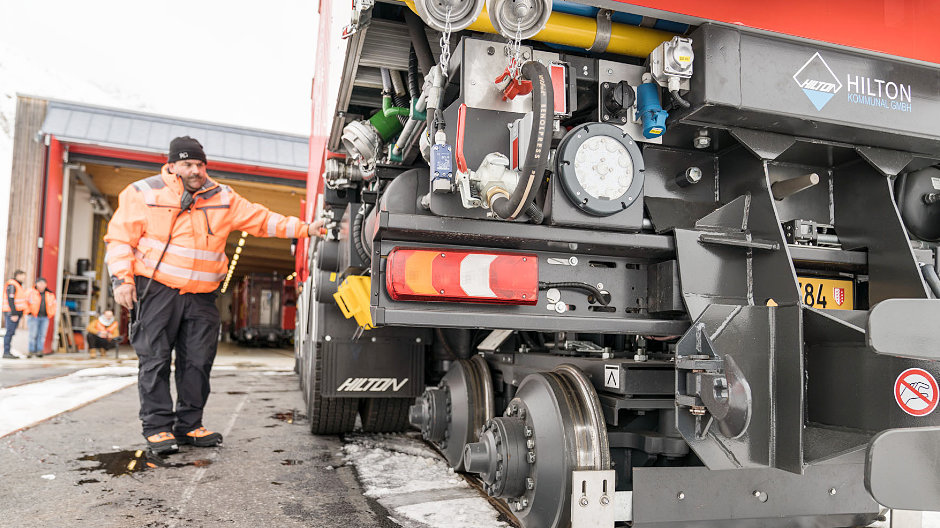
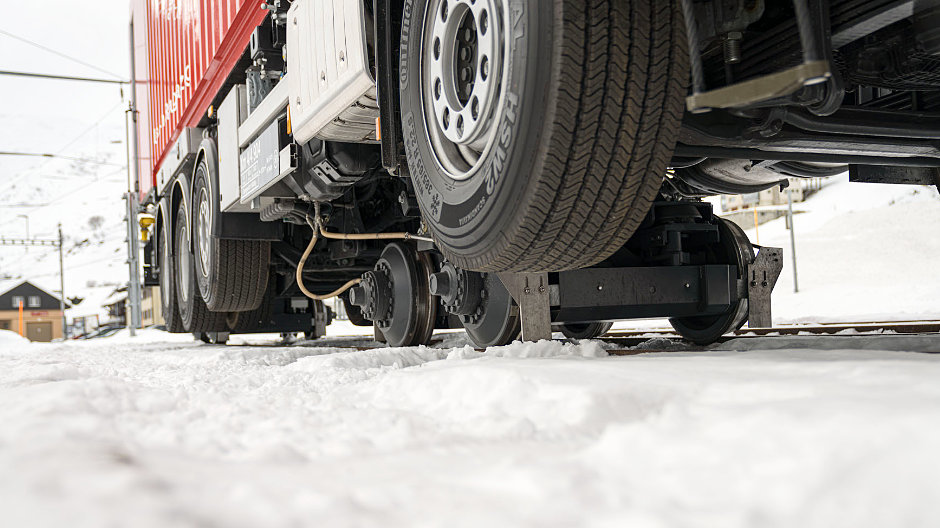
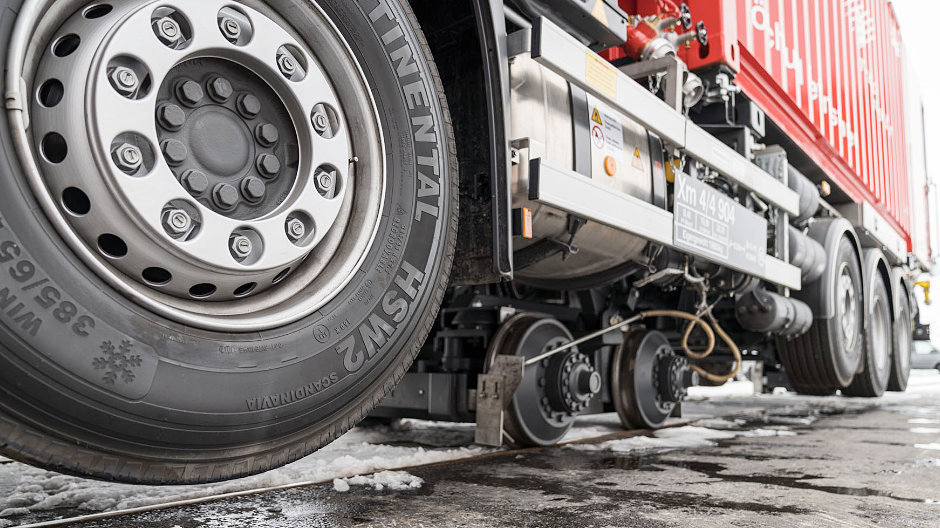
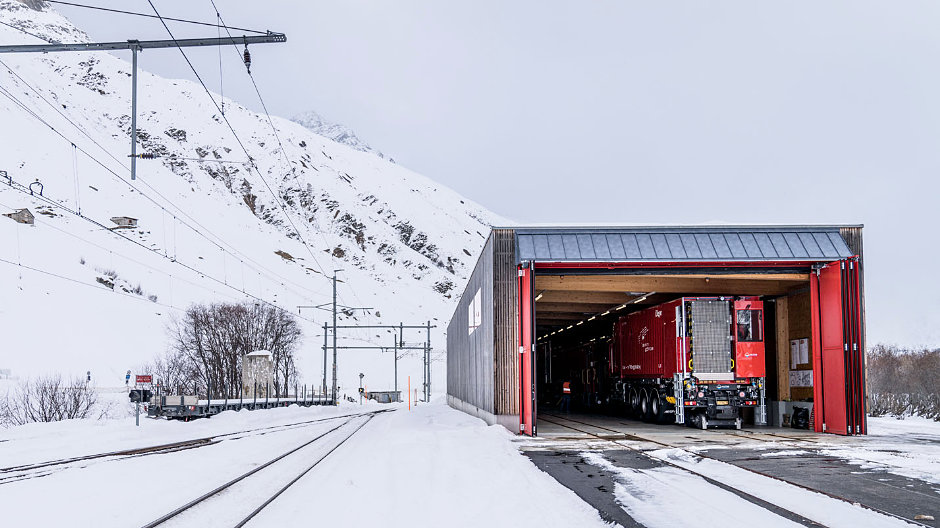
How an operation is carried out.
“If a fire breaks out, we are meant to be the first ones on the scene and will be alerted by pager, phone or radio. In Uri there is a fire brigade with 60 to 80 firefighters and in Wallis there is a special railway group with 120 people. This means we have 200 to 250 people on hand.” Roland then drives the fire and rescue train backwards towards the scene of the emergency. Then ten emergency personnel leave the safety area of the container, which is pressurised to prevent the ingress of toxic fumes and smoke. The first Arocs with the water tank is then detached.
The ambulance and the second Arocs bring the first 30 people out of the tunnel and take more personnel back in. “Tunnel fires are unusual. The faster you get in there, the better. The trains are made of mainly non-flammable material, but trains carrying cars are problematic: large quantities of fuel could catch fire,” says fire chief Roland.
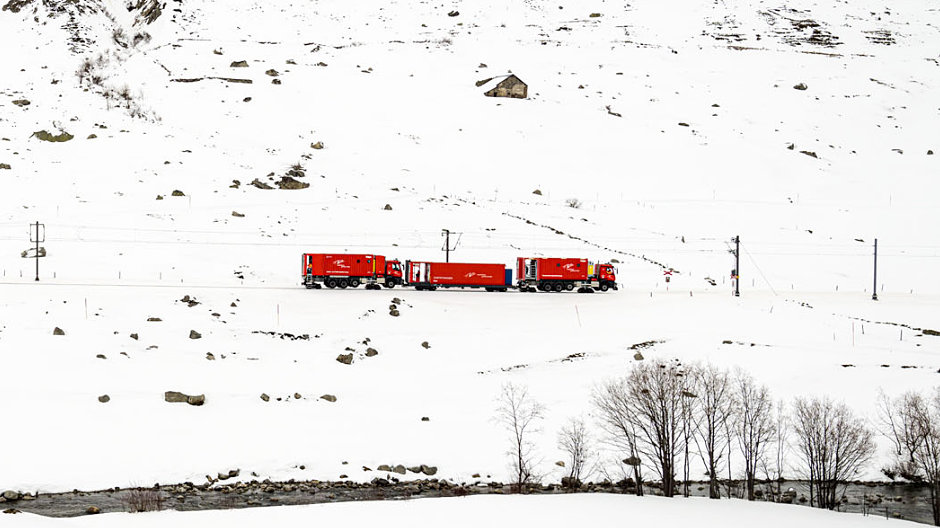
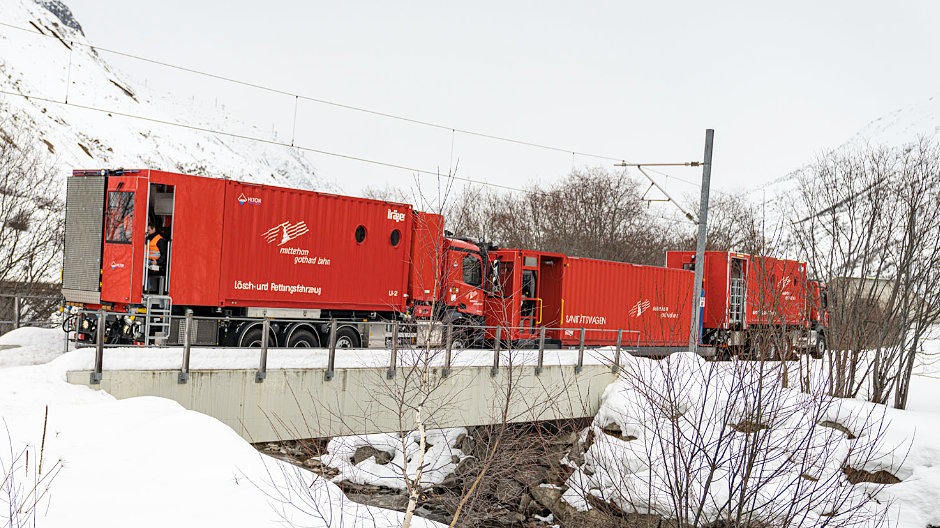
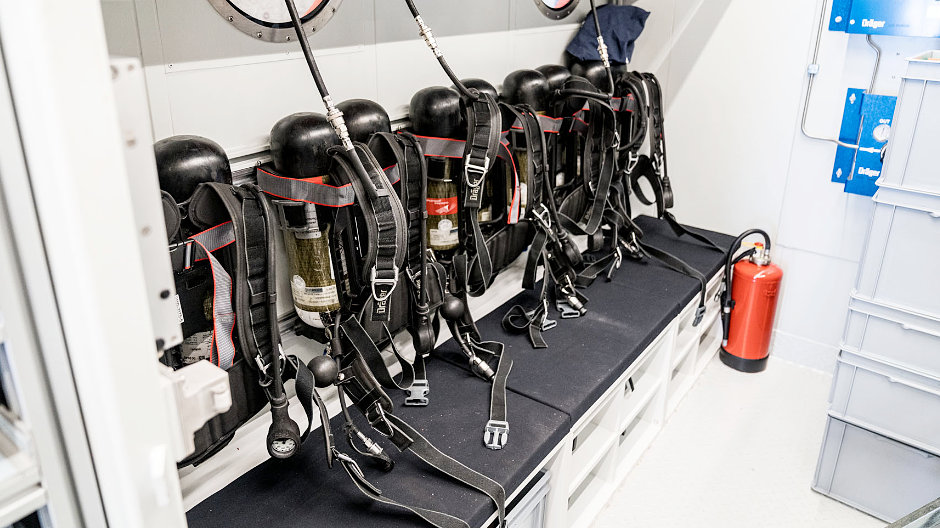
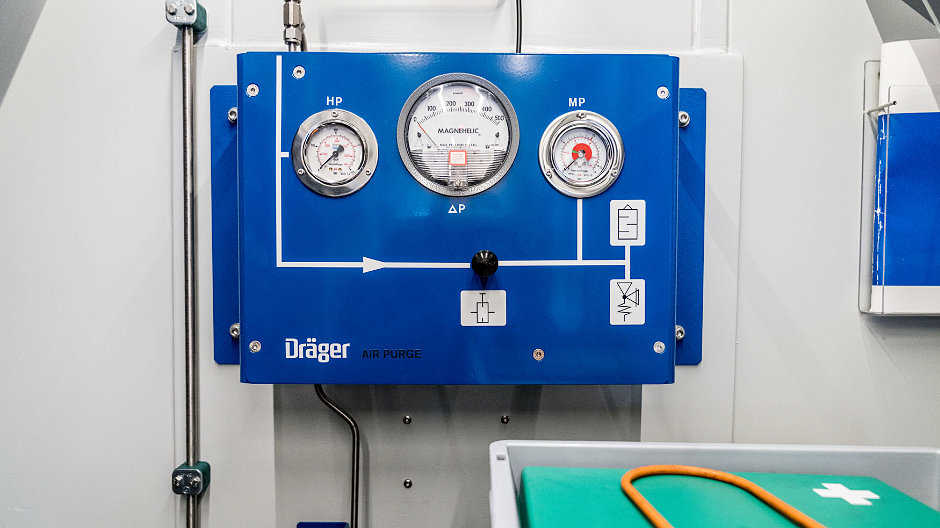
What does a firefighter want? A quiet shift!
Engine driver Roland agrees, sounding the horn as the train travels through the tunnel. A loud signal rings out, just like that of a real locomotive.
Photos and video: Matthias Aletsee




Comment
Please log in to post a comment.
28 comments
Einfach klasse.
Einfach klasse.
Ihr schafft es immer wieder besonders ungewöhnliche Verwendungszwecke von Mercedes-Fahrzeugen aufzutun und daraus interessante Berichte abzuleiten.
Stark - danke Euch!
Gruß
Klaus
Ihr schafft es immer wieder besonders ungewöhnliche Verwendungszwecke von Mercedes-Fahrzeugen aufzutun und daraus interessante Berichte abzuleiten.
Stark - danke Euch!
Gruß
Klaus
Man lernt nie aus, wie vielfältig Mercedes-Benz Trucks eingesetzt werden können 😉
Man lernt nie aus, wie vielfältig Mercedes-Benz Trucks eingesetzt werden können 😉
Grüße Jörg 👍👍👍👍👍🤘⛟😎
Grüße Jörg 👍👍👍👍👍🤘⛟😎